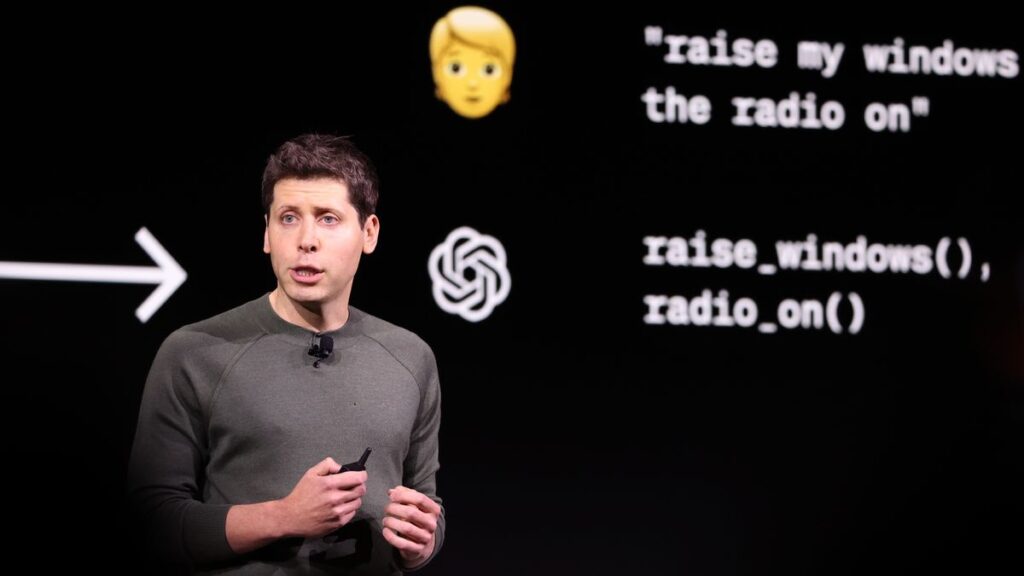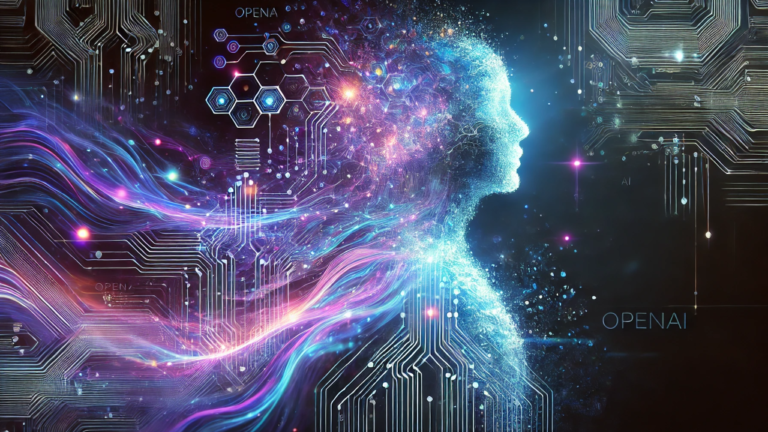
In a recent announcement, OpenAI CEO Sam Altman addressed the growing confusion among users regarding the names and functionalities of GPT models. Altman acknowledged that the current model selection process has become overly complicated, making it difficult for users to choose the right model for their needs.
The Challenge of Model Names
OpenAI has developed multiple versions of its language models, each improving upon its predecessor. However, this has led to a confusing array of options, with users struggling to navigate between different versions2. Altman admitted that the company’s model picker has become a source of frustration for many.
The Solution: Simplification and Integration
To address this issue, Altman outlined a clear strategy for simplifying OpenAI’s offerings. The upcoming GPT-4.5, previously referred to as “Orion,” will be the last non-chain-of-thought model, focusing on usability while maintaining high performance. Following GPT-4.5, OpenAI plans to release GPT-5, which will integrate various AI technologies into a single system.
Unified Offering for Enhanced Usability
GPT-5 will merge the GPT-series and o-series models, providing a more seamless user experience. This unified offering will eliminate the need for users to choose between different models, making AI integration easier and more intuitive. Altman emphasized that the goal is to make AI “just work” for users, reducing the complexity of model selection.
Future Prospects
With the introduction of GPT-4.5 and GPT-5, OpenAI aims to enhance the overall user experience by simplifying its product offerings. The new models will include advanced features such as voice interaction, a drawing canvas, search tools, and deep research capabilities1. Altman believes that these improvements will make AI more accessible and useful for a wider range of applications.



